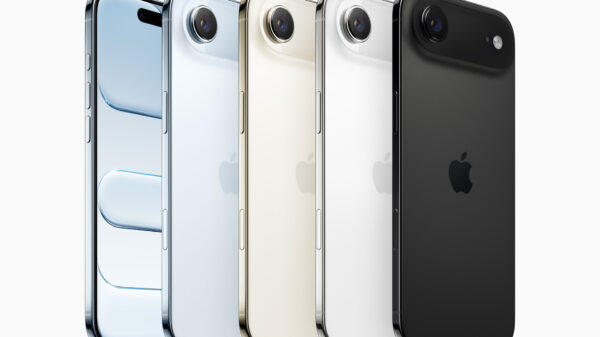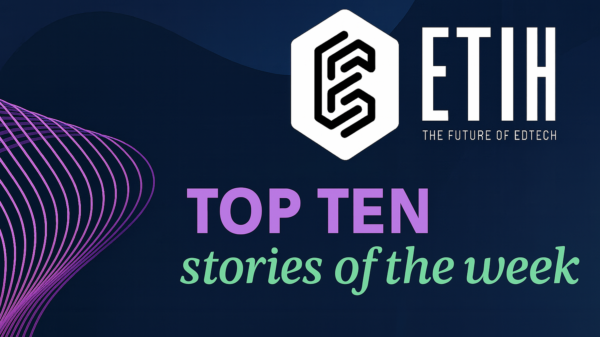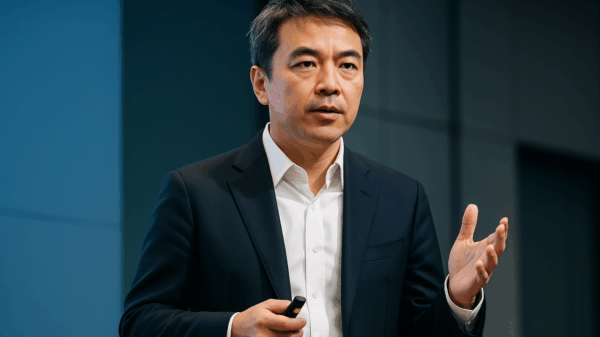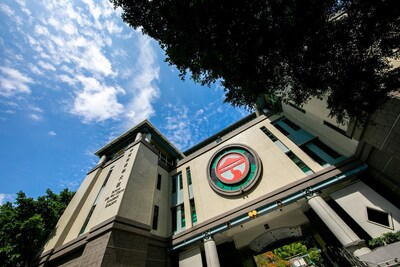The recent departure of several key figures from Apple highlights a growing trend of talent migration towards the rapidly expanding world of AI startups. This trend, which extends beyond Apple’s well-publicized AI research teams, has now reached its industrial design division. The latest significant exit is that of Abidur Chowdhury, the designer behind the iPhone Air, who has left for an undisclosed AI startup, as reported by Bloomberg.
Chowdhury’s exit is part of a larger pattern, with notable talents like Evans Hankey, Tang Tan, Cyrus Daniel, Matt Theobald, and Erik de Jong also leaving Apple in recent months. Many of these individuals have joined Jony Ive’s new team at io, which is now part of OpenAI. Such departures suggest a significant shift in the allure of career opportunities within the tech landscape.
Abidur Chowdhury’s Departure and Its Significance
Abidur Chowdhury’s recent exit from Apple stands out, particularly as he was instrumental in the launch of the iPhone Air during Apple’s September event. Sources familiar with the situation have underscored that his resignation is not connected to the product launch but rather speaks to deeper systemic issues within Apple. Interestingly, his LinkedIn profile still lists him as an Apple employee, indicating a possible transition period or negotiation status.
Chowdhury’s departure emphasizes Apple’s ongoing struggle to retain top-tier design talent. As the company experiences a brain drain, it risks losing not just valuable institutional knowledge but also the innovative momentum essential for flagship products like the iPhone and Apple Watch. According to 9to5Mac, while Apple has a pipeline of new designers, the time required to cultivate experienced leaders like Chowdhury could have lasting implications on the aesthetics and functionalities of future devices.
See also Cassava Technologies and Rockefeller Foundation Expand AI Access to 8 African Nations
Cassava Technologies and Rockefeller Foundation Expand AI Access to 8 African NationsThe Broader Trend of Talent Migration to AI Startups
This trend of former Apple designers moving to AI startups reflects a larger industry shift. Many high-profile engineers and designers are being attracted to companies that promise accelerated growth and creative autonomy. The allure of AI ventures is particularly strong, offering a dynamic environment that contrasts with the more structured and sometimes slow-moving atmosphere of established giants like Apple.
The loss of talent is becoming a pressing concern for Apple. As the competition in the tech landscape intensifies, retaining skilled professionals across various departments is crucial. The trend suggests that Apple may need to rethink its approach to talent management and retention if it wishes to maintain its stature in the design and innovation space.
In conclusion, the recent departures from Apple, particularly that of Abidur Chowdhury, underscore a significant shift in the tech industry’s talent dynamics. As designers and engineers flock to the burgeoning AI sector, Apple may face challenges that will affect its future product innovations. This evolving landscape is emblematic of a broader transition within the technology sphere, one that professionals and stakeholders will need to navigate carefully.








































































